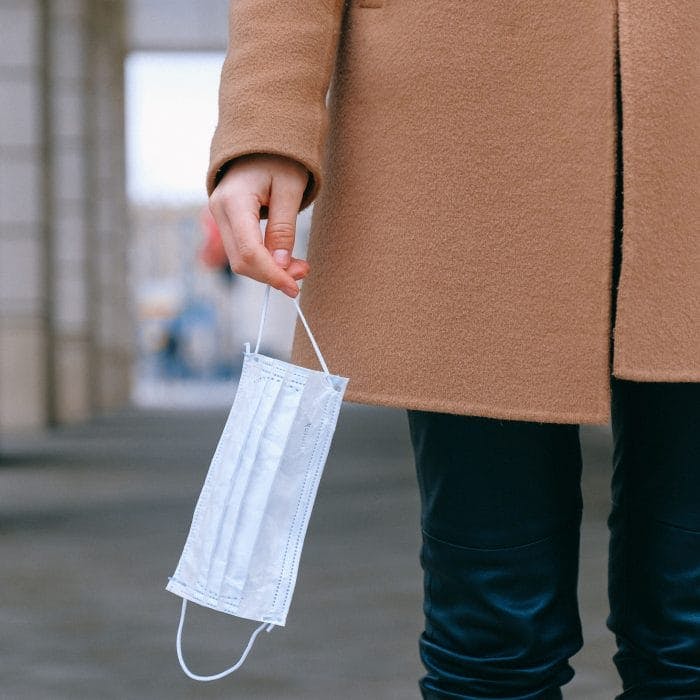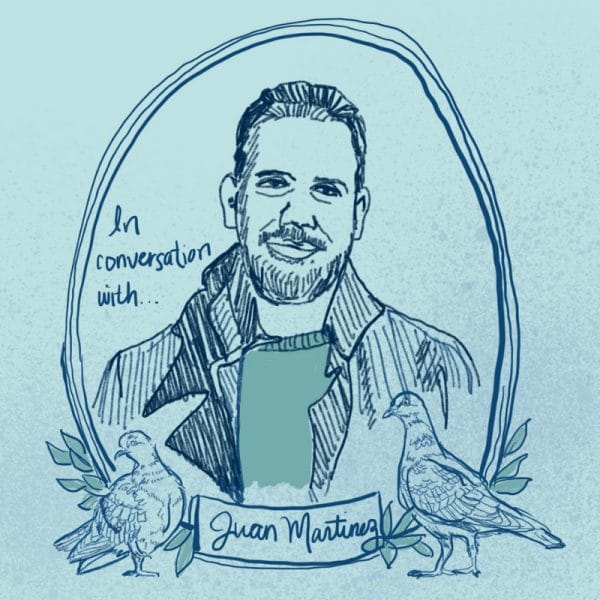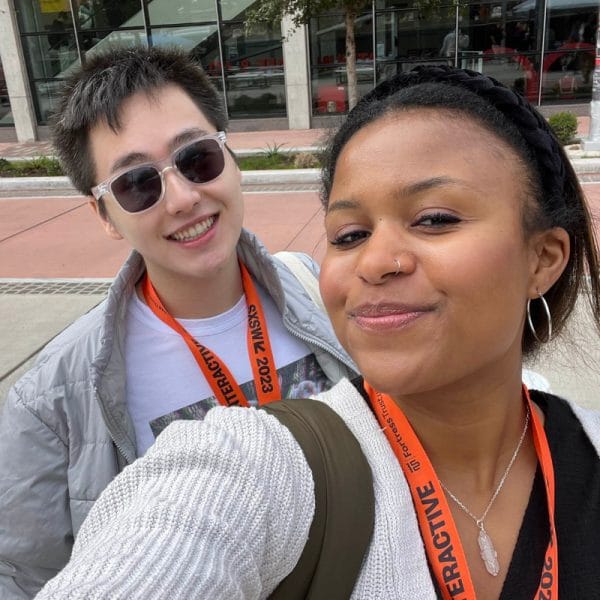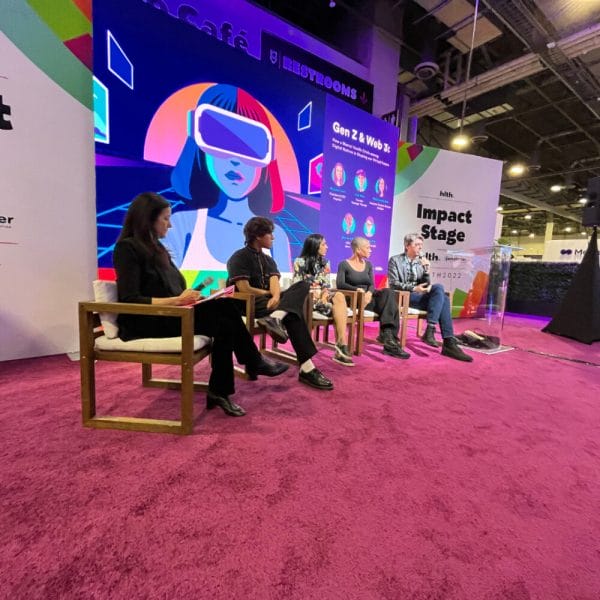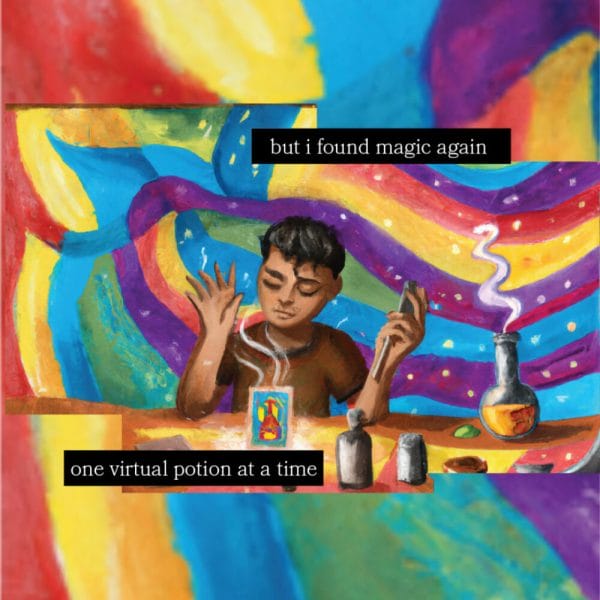Two months into shelter-in-place and each week feels like it’s passed in the blink of an eye. We’ve gotten to the point where we feel like we’re running on autopilot, hitting refresh on social media, hoping something new pops up just to fill our days. Whether our new normals are something we’re proud of or not, the trials and errors of adjusting to social isolation have caused us to reflect on what it truly means to maintain meaningful connections in a digital era.
As members of Hopelab’s Young Adult Advisory Council, we wanted to understand how our peers were making sense of and navigating their new realities. We spoke with Californian Gen Zers in high school, college, and those recently graduated to learn how their take on social connectivity has changed since quarantine, and what lessons they will carry with them as the world begins to settle post-COVID. Here’s what we gathered:
1. Despite our increasingly digital world, nothing can replace in-person interactions (even Gen Z isn’t immune to digital fatigue).
Gen Z never knew a world before the internet. With seemingly everything now online, from grocery shopping to dating, a fully-digitized world is a future that many of us have come to accept. However, 2020 graduate Allie said, “I didn’t realize how anxious I feel without having the type of interaction that is ordinarily so prevalent in my daily life…I seriously miss hanging out with my friends in person.” FaceTime calls, texting, and social media were already our generation’s norm, but being forced to use them as the primary method to support our social lives has left us feeling burnt out and disconnected. While we can’t act on those in-person interactions now, we’re excited for a reset on what socializing looks like and means for this generation post-COVID.
2. All relationships require a little more effort right now.
As we come to realize how valuable in-person interactions are, we also face the fact that we’re still relying on connecting digitally. Before COVID-19 was ever on our minds, it didn’t take much thought to be social with a friend, talk to a loved one, or pick up a conversation with a stranger. “It was quite easy to maintain a relationship when you saw them often enough,” said university student Inaara. But now, many relationships have turned long-distance, and with that comes redefining expectations, taking the initiative to reach out, and setting aside quality time. Not only do these relationships require more effort, but relationships with those you are quarantining with do, too. Many of us naturally strike a balance between who we are at work or school, who we are with friends, and who we are at home. But when we’re acting on all these different parts of ourselves under one roof, it can feel exhausting. Throw in a lack of privacy or people’s annoying habits you can’t escape, and that frustration can turn to those living with us. Quarantine has pressure-tested our parent/child, sibling, and roommate relationships, and taught us to put effort into communicating our needs and checking in with one another.
3. There’s a hierarchy of digital connectedness.
We strive to put in the effort to maintain our relationships, but there’s only so much to do and talk about when every day is the same routine of get up, eat, do something, sleep, and repeat. “There’s not a ton to talk to friends about outside of daily corona news,” said Adam, a recent graduate. We go through this evaluation in our heads as to what form of interaction feels appropriate. Should I Facetime my friend and talk about the forgettable moments in our day? Or maybe sending a meme that reminds me of them is good enough for today. We’re all trying to balance our own anxieties and priorities during this time with making sure we’re there for others. Sometimes the last thing you want to do is be social on another Zoom call and that’s okay. There exists a hierarchy of digital connectedness from reacting to a post, to reaching out through a simple text, to watching Netflix with each other remotely, to having an hour long heart to heart. All can be meaningful methods to keeping in touch with friends and family while staying in touch with ourselves and how much we can handle during this time.

